
The way we learn is changing fast, thanks to automated learning systems. Did you know that 80% of teachers think these systems really boost how students engage and learn? It's true! Let's look at how these tools are shaking up education. They personalize learning, use AI tutors and chatbots, and give data insights that help students succeed. Picture a classroom where teachers have less paperwork and more time to teach, and students get learning experiences that fit them perfectly. It's not just about now, though. We'll also peek into future trends and ethical issues, with real stories showing how these systems help learners. So, let's dive into how automated learning systems are making a difference for students today!
Summary: This article describes the role of automated learning systems in education, focusing on personalized learning, AI tutors, data-driven insights, and reducing administrative workload. It also discusses future trends, ethical considerations, and provides case studies and FAQs.
Understanding Automated Learning Systems
Definition and Overview of Automated Learning Systems
Automated learning systems enable machines to learn from data, make predictions, and improve autonomously without requiring explicit programming. They are a significant component of artificial intelligence and machine learning, emulating human cognitive processes through self-learning algorithms. These systems are capable of adapting and making independent decisions based on data insights.
In the realm of education, automated learning systems are pivotal for planning, executing, and monitoring educational processes. They provide tools for content delivery, student monitoring, and performance assessment. By integrating AI, robotics, and robotic process automation (RPA), education becomes more efficient, allowing educators to concentrate more on teaching and student engagement, as highlighted by FlowForma. A prime example of such a system is a Learning Management System (LMS) like Canvas or Blackboard, which aids in content delivery and enhances student interaction.

Key Technologies in Automated Learning Systems
Machine learning algorithms form the backbone of automated learning systems, employing techniques such as supervised, unsupervised, semi-supervised, and reinforcement learning. These methodologies empower systems to learn from data, identify patterns, or refine through trial and error.
- Supervised Learning: Can be used to predict outcomes like student grades.
- Unsupervised Learning: Useful for detecting patterns, such as plagiarism.
- Reinforcement Learning: Ideal for adaptive learning, improving with feedback.
Learning Management Systems leverage automation to manage tasks like user registration, content delivery, and assessments, frequently adhering to SCORM standards. AI and automation significantly reduce manual tasks, paving the way for more personalized learning experiences.
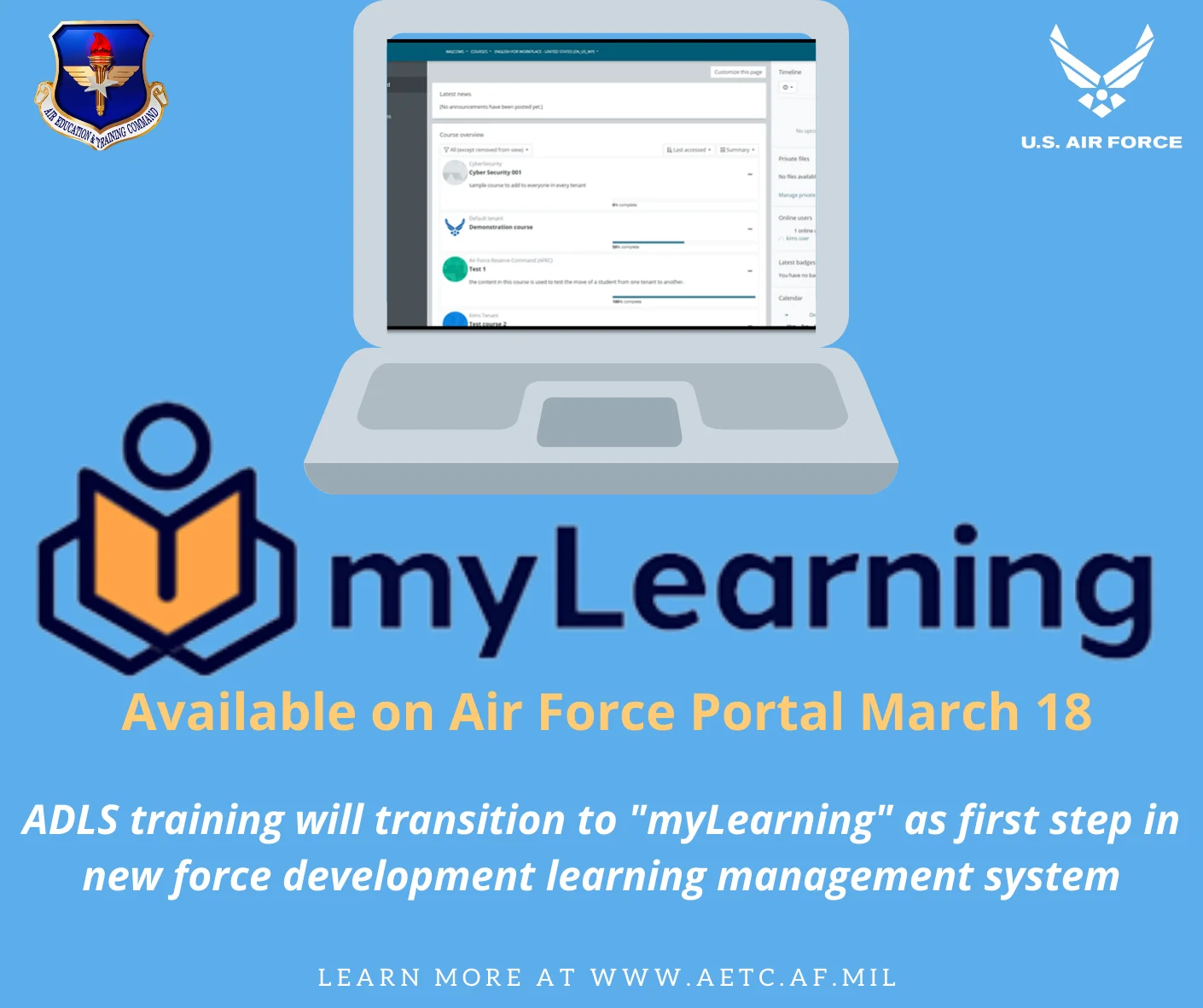
Personalized Learning Paths with Automated Learning Systems
Tailored Educational Experiences Using Automated Learning Systems
Personalized learning paths are akin to custom-made educational journeys, adjusting to fit each student's unique needs, strengths, and learning styles. With the integration of artificial intelligence (AI), these paths can analyze student performance in real time, allowing learners to progress at their own pace rather than adhering to a rigid schedule.
[Highlight]: AI platforms enhance engagement by aligning content with each student's interests and learning speed, making the material feel more relevant and achievable. Technology plays a pivotal role by providing a diverse array of resources, such as:
- Videos
- Interactive tools
- Learning management systems (LMSs)
[Summary]: AI-driven platforms personalize learning by matching content to students' interests and pacing, enhancing relevance and engagement.
These tools assist educators in crafting tailored learning paths and monitoring student progress. Thanks to technology, students have the flexibility to learn anytime and anywhere, beyond traditional school hours. For example, a US-based e-learning platform leverages AI to adapt lessons to each learner's pace and style, thereby boosting engagement and comprehension.
Addressing Diverse Learning Needs with Automated Systems
Personalized learning paths excel in addressing diverse learning needs by incorporating features like:
- Text-to-speech
- Closed captions
- Simplified language
These features make learning more accessible for students with disabilities. Learner profiles, which track progress and highlight strengths and areas for improvement, empower teachers to customize their approach and motivate students to take ownership of their learning journey.
[Highlight]: This personalized approach enhances motivation as students can progress at their own pace and select activities aligned with their interests and strengths. Through methods like formative assessments and project-based learning, students can achieve mastery of topics before advancing.
[Summary]: Personalized learning boosts motivation by allowing students to learn at their own pace and choose activities that match their interests.
In US classrooms, educators utilize learner profiles and AI tools to create personalized activity playlists, catering to varying abilities and preferences. This strategy supports students with disabilities and those requiring additional assistance to thrive.
For more insights, explore these resources:
- Personalized Learning Paths
- AI in Education
- What is Personalized Learning?
- Learning Paths: A Journey to Student Engagement
- Personalized Learning
AI-Powered Tutors and Chatbots in Automated Learning Systems
24/7 Learning Support with Automated Learning Systems
AI tutors, or intelligent tutoring systems, offer learning that fits your schedule. They adjust to how you learn, giving feedback right when you need it. This means you can learn anytime, even outside regular school hours. Tools like TutorMe and AI Blaze respond in real-time and adapt lessons to your needs, making learning flexible and available on demand.
As new tech like virtual reality and voice assistants join forces with AI, these systems will get even better at supporting continuous learning.
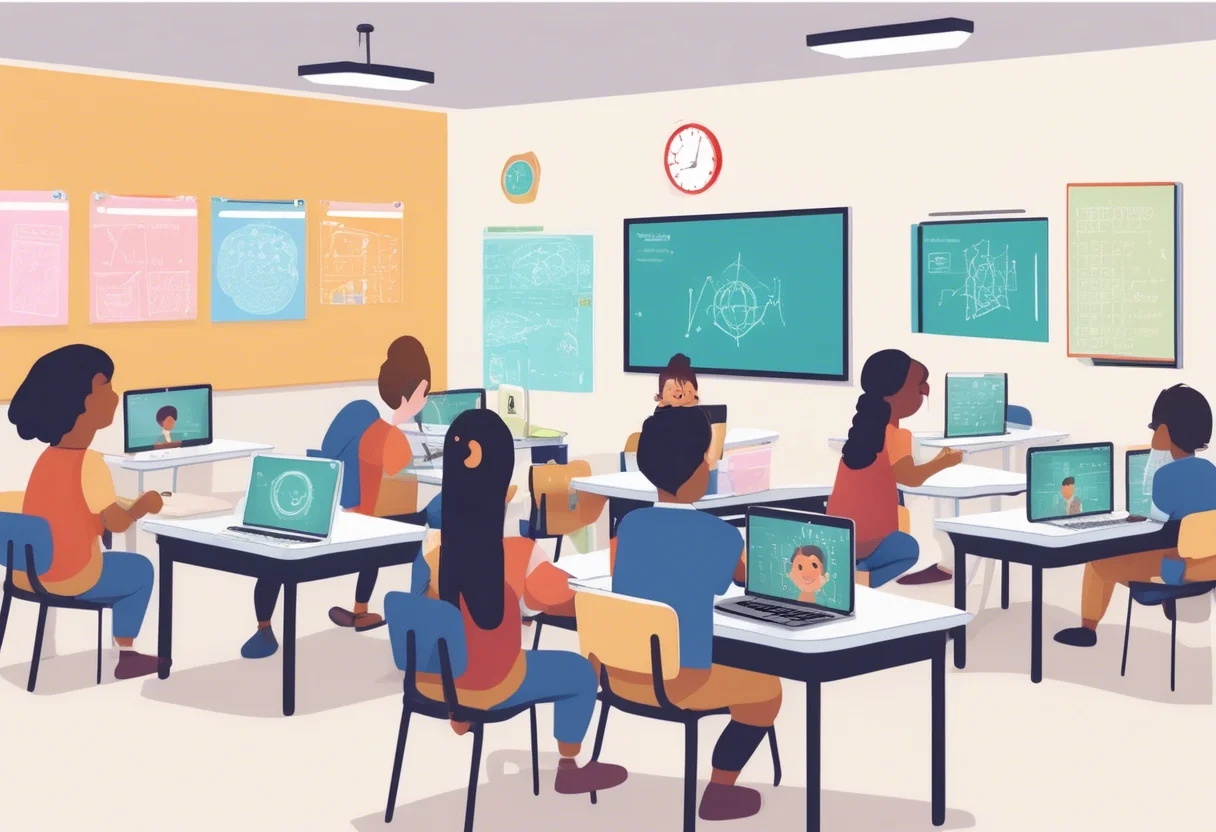
If you're in the US, you can use platforms like TutorMe anytime for help with STEM subjects, so you're never stuck without support.
Enhancing Student Engagement in Automated Learning Systems
AI tutors make learning more engaging by matching lessons to how you learn best. They adjust the difficulty to keep you challenged but not overwhelmed, keeping you motivated and improving your grades. Platforms like AI Blaze use conversational AI to create a chat-like experience, making learning feel more personal.
These systems also help level the playing field by giving everyone access to quality support, especially those who need it most.
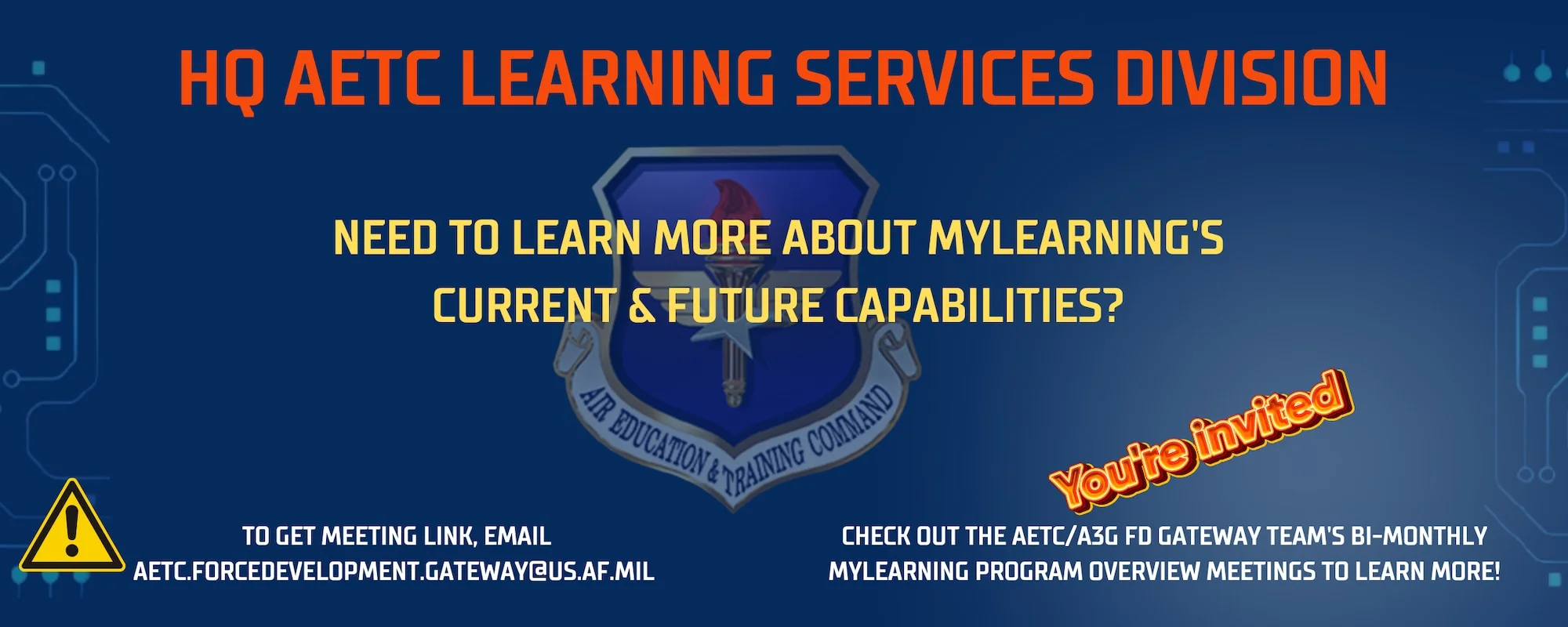
With features like gamification and learning analytics, AI tutors offer fun incentives and useful insights for both students and teachers. For example, they tweak math problems based on your progress and give instant feedback, helping you stay engaged and succeed in diverse classrooms across the US.
Data-Driven Insights for Educational Outcomes with Automated Learning Systems
Actionable Analytics in Automated Learning
In the U.S., AI-driven learning systems are transforming our understanding of education. These systems delve into student performance data to identify those who might need additional support. With these insights, teachers can make informed decisions, adjust their teaching methods, and intervene early to better support each student.
Intelligent Tutoring Systems (ITS) have had a significant impact, particularly in K-12 education. Research indicates that students using ITS platforms experience substantial improvements. For instance, a study involving over 800 students revealed that those using an online ITS improved their skills by a third of a standard deviation compared to their peers. This improvement is especially notable in areas such as multiplication and division for younger students.
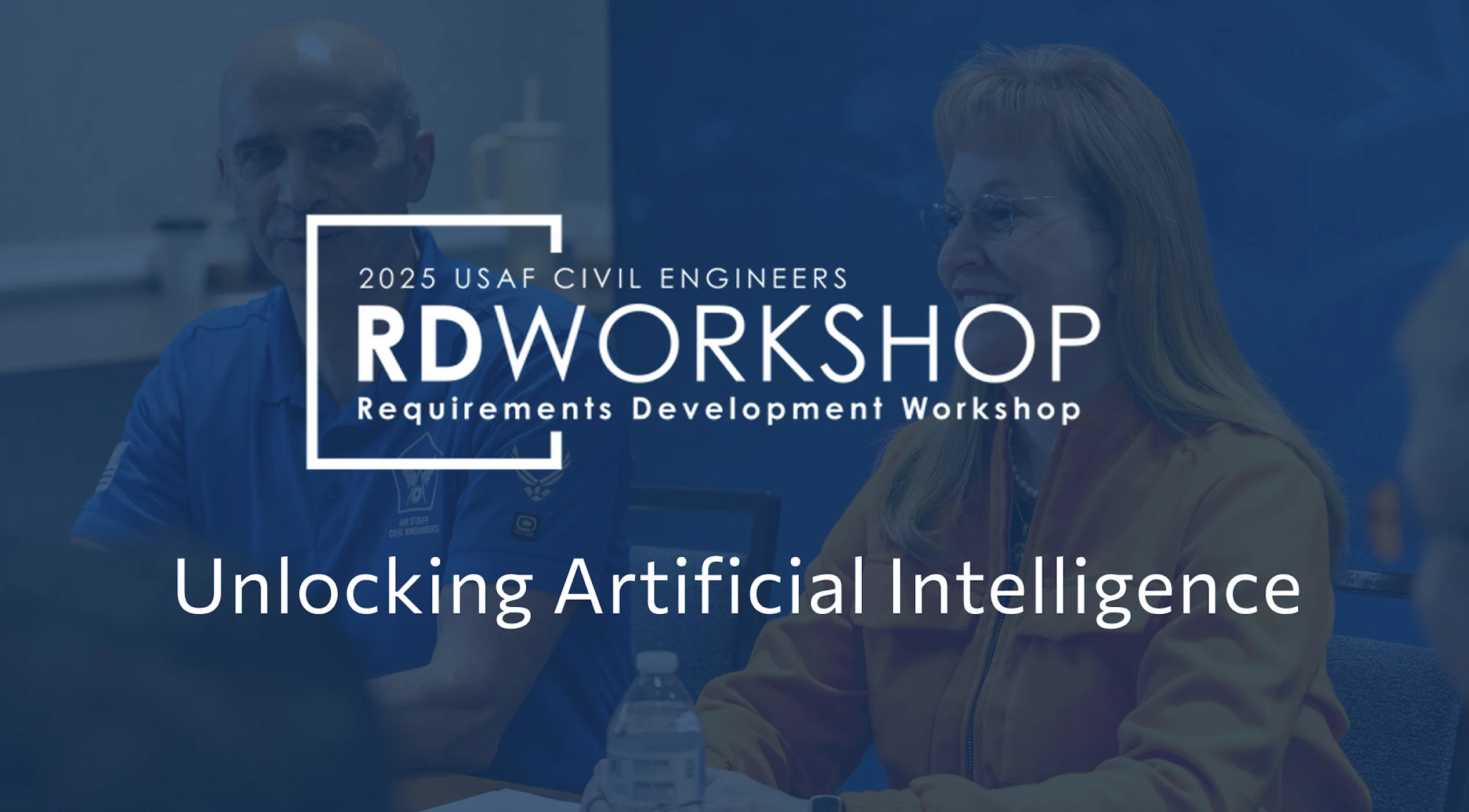
Predictive Analytics in Automated Learning Systems
These learning systems also leverage predictive analytics to identify trends and anticipate which students might encounter difficulties, enabling teachers to intervene before issues escalate. Machine learning enhances the fairness and accuracy of assessments by reducing human error and bias, resulting in a more reliable method of tracking student progress.
Predictive analytics also optimizes operations, enhancing resource allocation and administrative tasks, which contributes to a more effective learning environment. AI platforms monitor various performance metrics, equipping teachers with the tools to identify learning gaps and tailor lessons accordingly. Platforms like Knewton Alta utilize predictive analytics to monitor student performance and suggest personalized learning paths, aiding teachers in supporting at-risk students.

For further reading, explore these resources:
- AI in Education
- Intelligent Tutoring Systems
- Machine Learning in Education
- Artificial Intelligence in Education
Reducing Administrative Workload with Automated Learning Systems
Automating Routine Tasks with Automated Learning Systems
Automated learning systems are revolutionizing school operations by significantly reducing the busywork teachers face. Tools like Microsoft 365 Copilot manage routine tasks such as grading, reporting, and paperwork. This allows educators to dedicate more time to actual teaching.
- Time Savings: This technology can save teachers up to 9.5 hours per week by handling administrative duties and planning, leading to smoother school operations. Learn more.
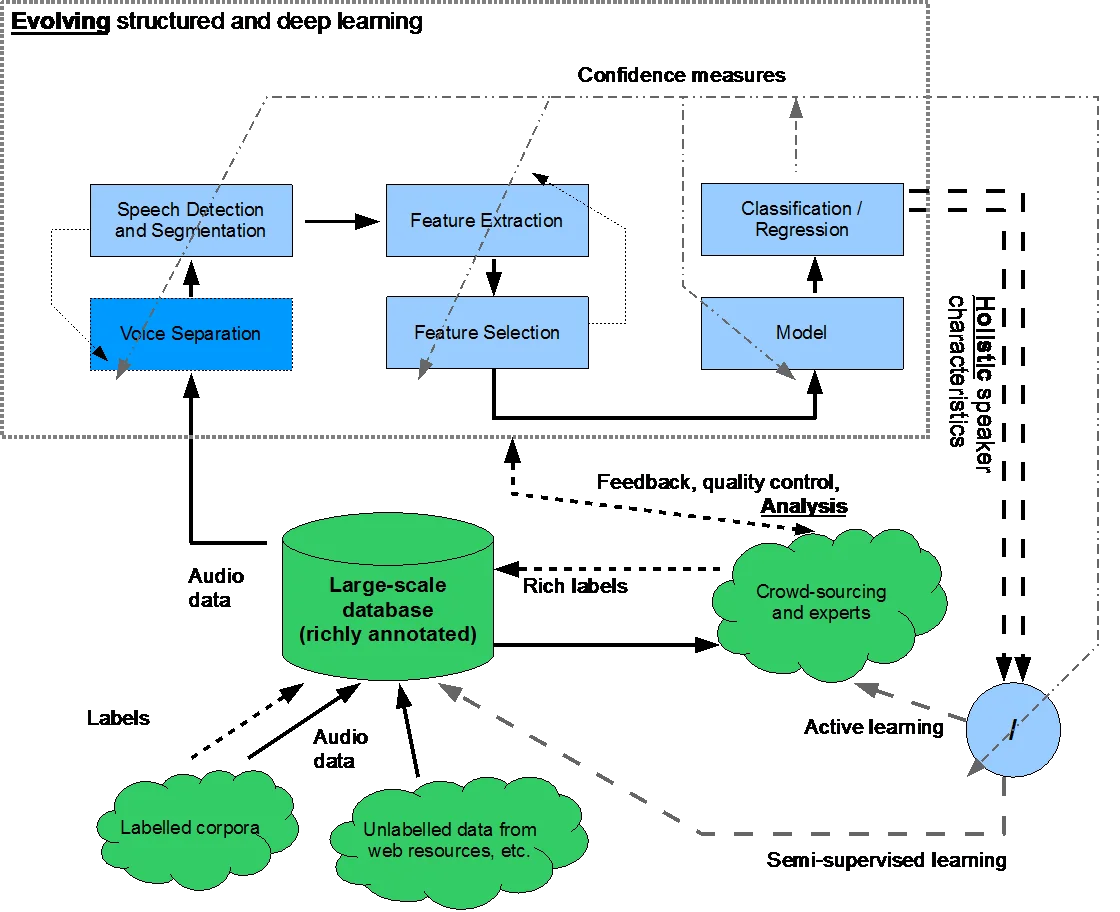
- Teacher Sentiment: Many teachers in the US spend nearly 10 hours weekly on grading, with 95% bringing work home. Approximately 75% are open to using AI to reduce grading time by half. Read more.
A trial with Microsoft 365 Copilot demonstrated its capability to handle tasks like curriculum mapping and legislative scanning, effectively giving teachers back a significant portion of their week.
Enhancing Classroom Efficiency through Automated Learning Systems
By automating routine tasks, teachers can allocate more time to lesson planning and providing individualized student support, enhancing teaching effectiveness. Explore the study.
- Digital Tools: Tools for digital grading and automated feedback facilitate more in-class feedback, reducing after-hours work and improving classroom efficiency. Source.

- Teacher Training: Proper training in using digital and AI tools ensures these technologies save time rather than add stress, thus improving classroom management and teacher wellbeing. Further reading.
Schools that implement AI for grading and lesson planning, coupled with adequate teacher training, experience better classroom management and reduced teacher burnout.
Enhancing Accessibility in Education
AI Support for Students with Disabilities
AI is transforming education by making it more accessible and inclusive for students with disabilities. Tools like Microsoft's Immersive Reader offer features such as text-to-speech and adjustable reading settings, which are particularly beneficial for students with visual impairments or dyslexia.
AI tools, including chatbots and personalized learning platforms, adapt to user interactions, providing support for students with cognitive, speech, or mobility challenges. For instance, apps like Google's Live Transcribe offer real-time transcription, greatly assisting those who are deaf or hard of hearing.
- Speech recognition tools: Enable students with mobility issues to control devices using their voice, enhancing independence.
- Text-to-speech software: Allows visually impaired students to listen to written content.
- Real-time transcription services: Support students with hearing impairments.
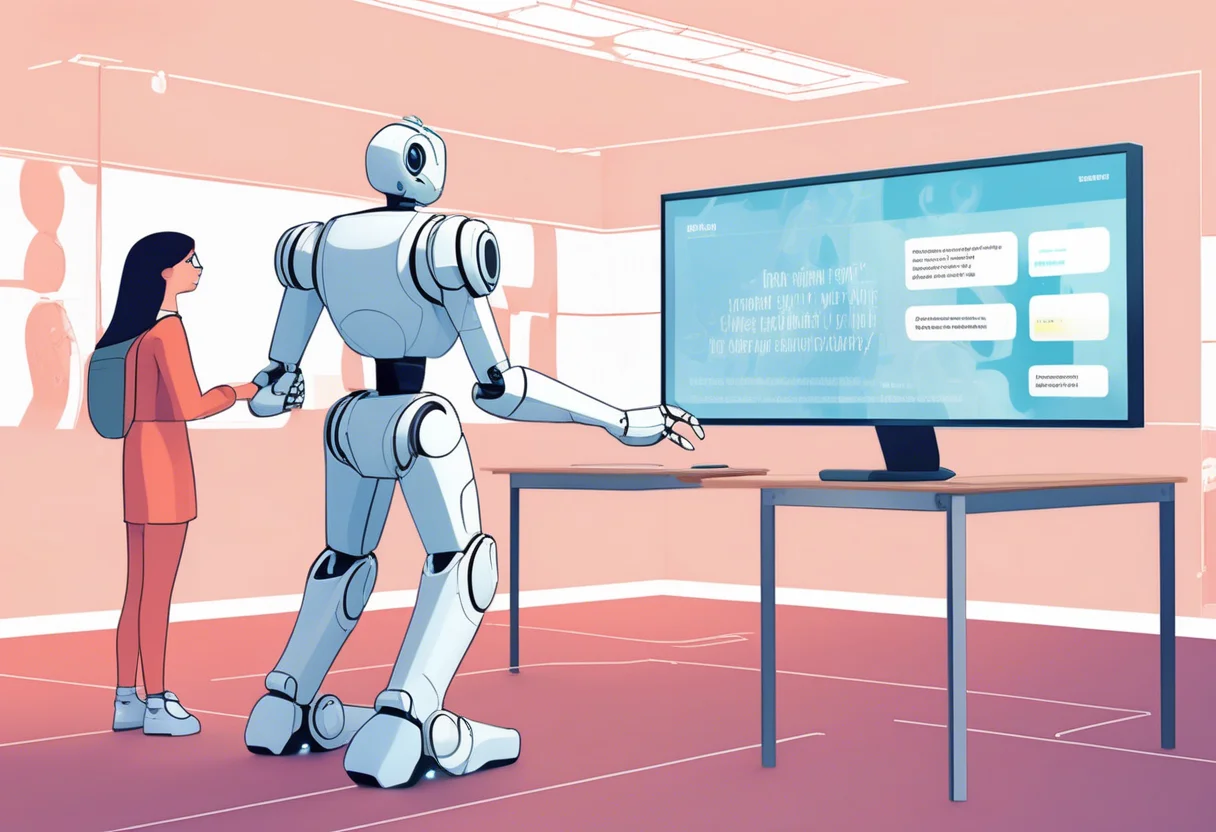
AI is truly making education more inclusive for everyone.
AI Bridging Educational Gaps
AI plays a pivotal role in bridging educational gaps by making classrooms accessible to all, regardless of language or learning level. AI platforms develop personalized learning paths, customizing lessons to suit each student and fostering inclusivity in education.
Consider Khan Academy, which provides free resources to students worldwide, irrespective of their financial situation. AI in education helps students overcome barriers such as location and cost, ensuring that everyone has a fair opportunity for quality education.
Future Trends and Ethical Considerations
Innovations in Automated Learning Systems
Adaptive learning systems are at the forefront of educational transformation, utilizing AI to tailor educational experiences. These systems analyze individual learning styles and adjust content and difficulty levels accordingly to optimize student engagement and understanding. Learn more.
Generative AI is also making significant strides by creating video lessons featuring virtual teachers fluent in multiple languages. This development enhances accessibility and broadens educational reach. Explore further.
Looking ahead to 2025, Agentic AI is poised to revolutionize automation. It will enable machines to autonomously make decisions, enhancing efficiency and potentially generating new employment opportunities.
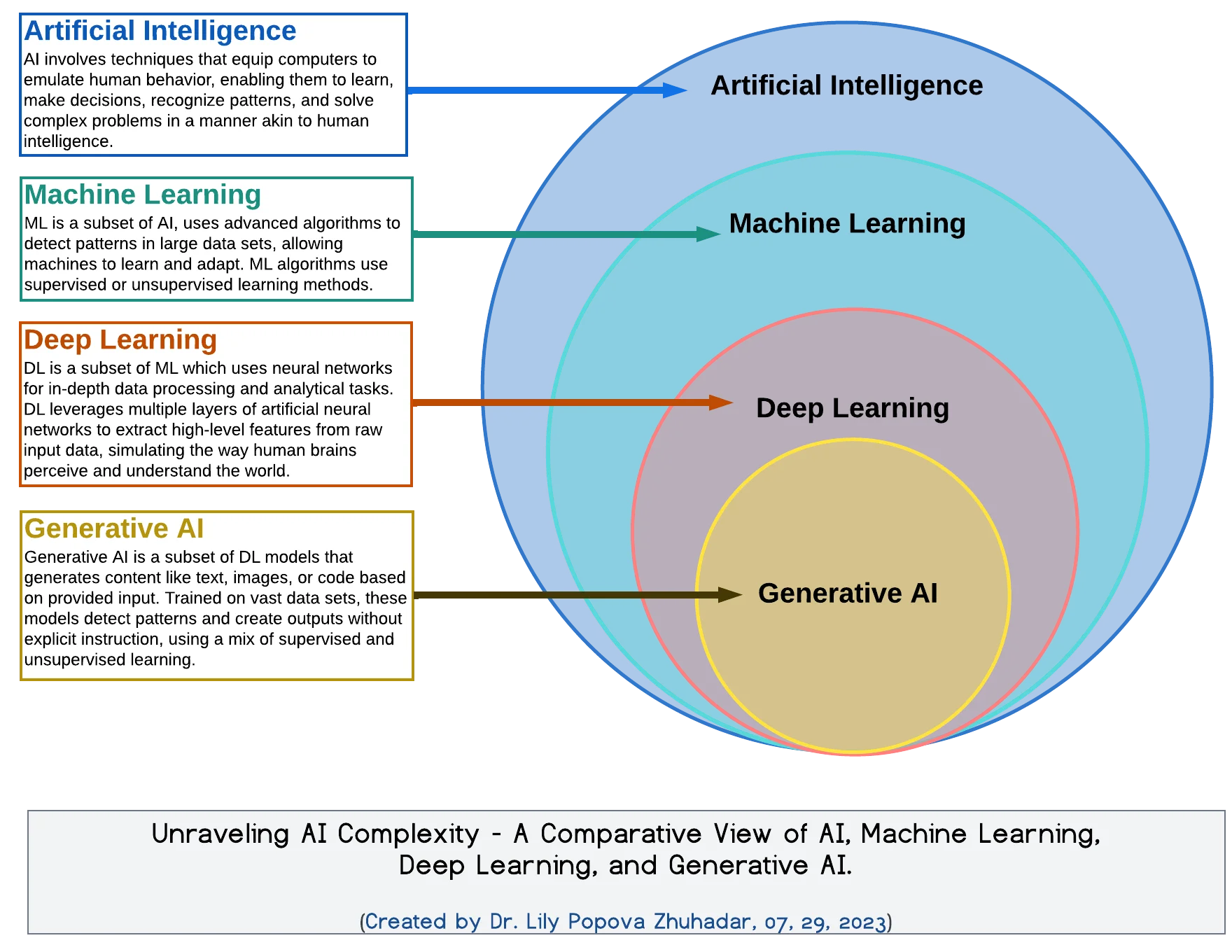
Auto-ML platforms are democratizing AI development by automating complex tasks, thus empowering a wider audience to create AI models and spurring innovation. Discover more.
Moreover, Large Action Models (LAMs) are improving in their ability to predict and execute tasks based on contextual cues, all while prioritizing user privacy. Find out more.
Ethical Implications of Automated Learning Systems
The integration of AI in education presents several ethical challenges, particularly concerning data privacy. Adaptive systems require extensive data to personalize learning, which raises significant privacy concerns. Read more.
AI-generated content and virtual educators also prompt questions regarding authenticity and content ownership, underscoring the necessity for clear regulations.
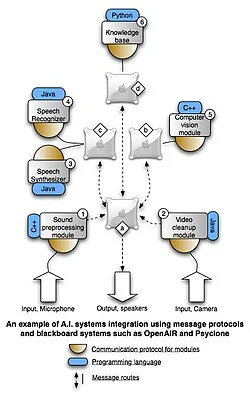
As AI systems gain autonomy, it becomes crucial to consider accountability for their decisions and the potential impact on employment, despite the possibility of new job creation. Explore further.
There's also the risk of AI errors or misinformation, necessitating safeguards such as AI hallucination insurance and robust validation processes to maintain trust and security. Discover more.
Transparency and robust governance, including open-source initiatives, are vital to uphold ethical standards and maintain public trust. Find out more.
Case Studies and Real-World Success Stories of Automated Learning Systems
AI Adoption in U.S. Schools and Districts
In the U.S., more schools are turning to AI-powered adaptive learning systems. These systems help to make learning more personal and improve student performance. For instance, a major healthcare provider implemented such a system and observed:
- A 30% reduction in training times
- A 50% increase in knowledge retention
- A 20% improvement in patient care quality (source)
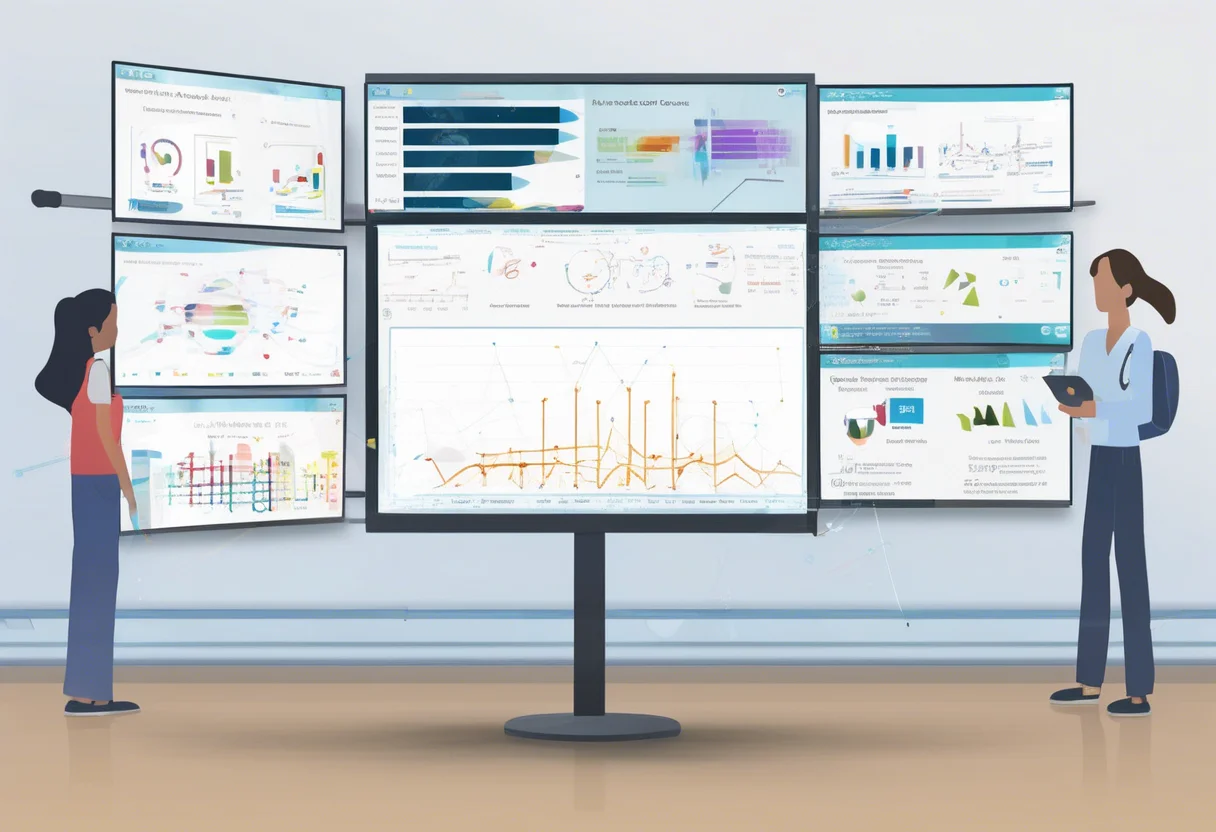
Platforms like Duolingo utilize machine learning to personalize language lessons, enhancing engagement and effectiveness for users (source). These AI platforms assess student performance and adjust lessons accordingly, making learning more tailored and motivating (source).
Best Practices for Implementing Automated Learning Systems
Integrating AI adaptive learning systems with existing Learning Management Systems (LMS) can:
- Reduce administrative tasks by 50%
- Improve reporting by 40%
- Increase system usage by 35% (source)

For optimal performance, these systems require a continuous flow of data and well-defined algorithms. This approach addresses ethical concerns such as data privacy and bias, allowing educators to intervene when necessary (source). AI learning tools that adapt content based on student engagement and performance can help close learning gaps and maintain student motivation, leading to improved educational outcomes (source).
FAQ Section
How Do Automated Learning Systems Improve Personalized Learning Paths?
AI in learning management systems (LMS) is transforming education by personalizing learning experiences. It analyzes student data to tailor content and pace according to each student's unique needs. These systems identify trends in student performance, enabling adaptive learning that is truly effective. For example, Cornerstone LMS utilizes AI to design learning paths that align with a student's progress and skill level. This approach enhances engagement and learning by automating content delivery and tracking student progress.
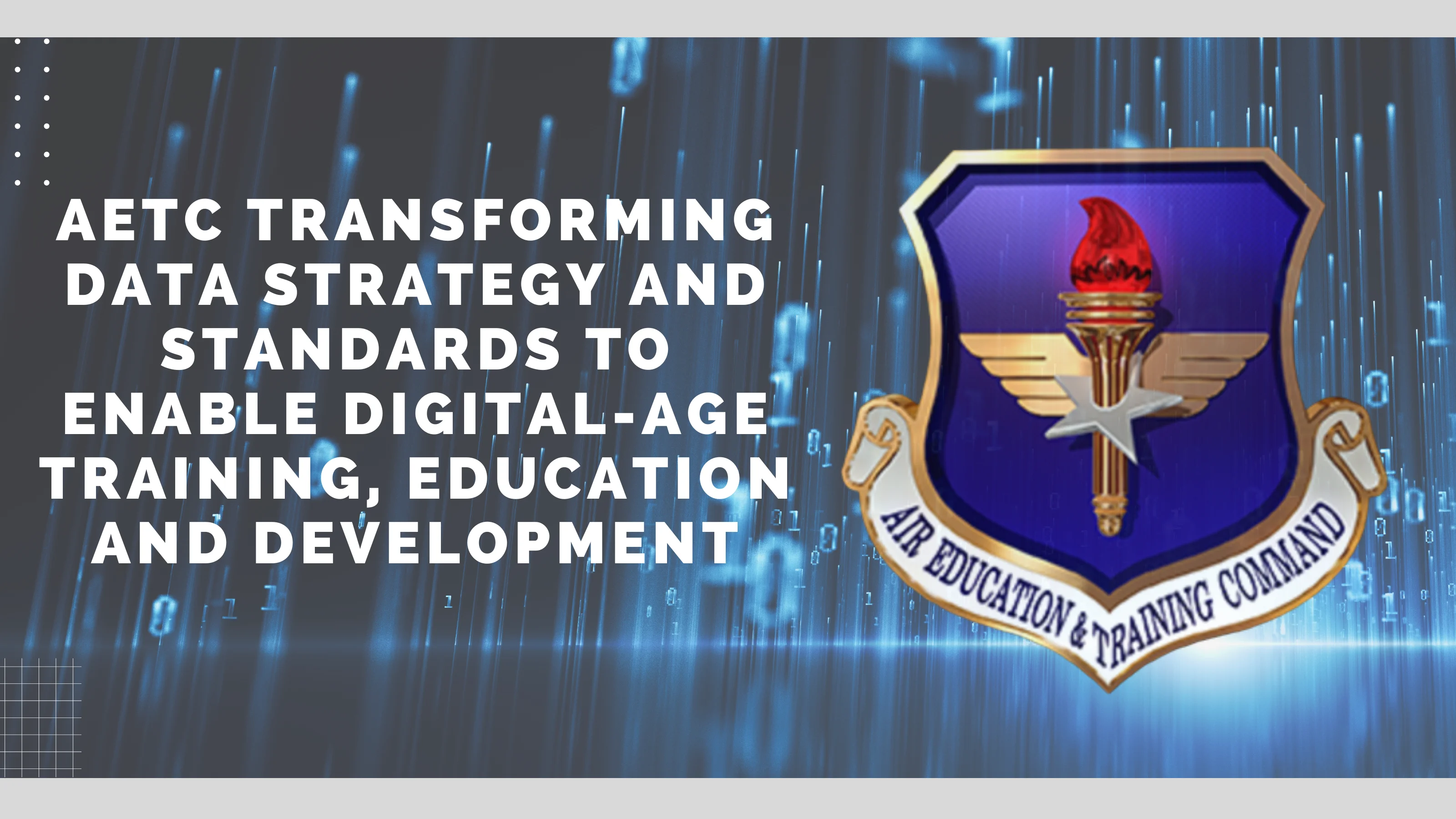
Consequently, schools can concentrate on helping students acquire new skills more efficiently.
Benefits of AI-Powered Tutors and Chatbots in Automated Learning Systems
AI tutors and chatbots revolutionize student support by providing quick, personalized assistance whenever needed. They help students understand concepts and complete assignments outside of class hours, offering 24/7 support. By managing routine questions and guiding students through processes, these tools save teachers time, allowing them to focus on teaching. AI tutors deliver timely feedback, enhancing engagement and learning by customizing responses based on each student's data.

An AI chatbot on a learning platform can answer questions anytime, offer homework hints, and remind students about deadlines, making learning smoother and more effective.
Data-Driven Insights from Automated Learning Systems for Better Outcomes
AI systems analyze vast amounts of educational data to identify performance trends, predict outcomes, and recognize students who may need additional support. By automating data collection and analysis, AI reduces errors and provides real-time insights, enabling swift actions that enhance student success. Platforms like Cornerstone LMS generate detailed reports and analytics, aiding educators and administrators in making informed decisions to improve teaching and curriculum.

This data-driven approach helps tailor instruction and offers extra support to students in need, leading to improved educational results.